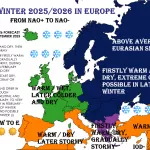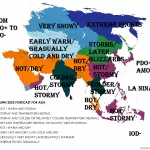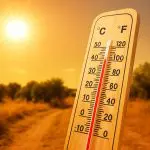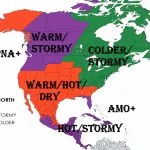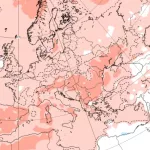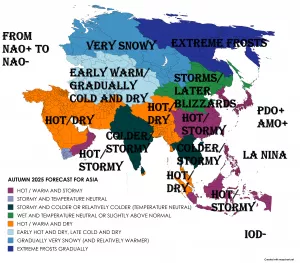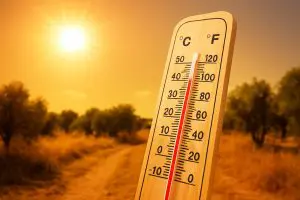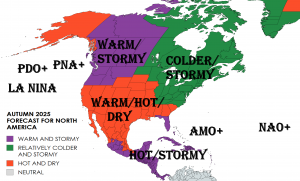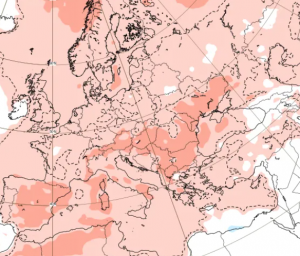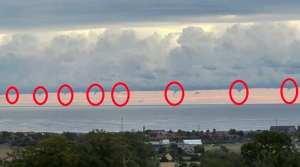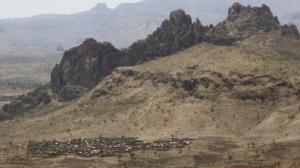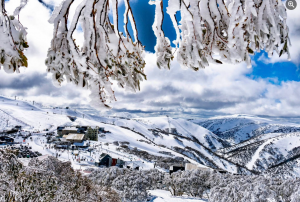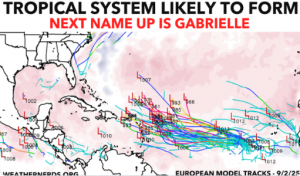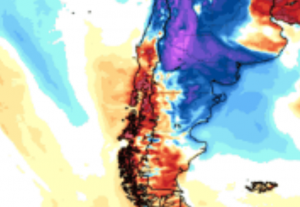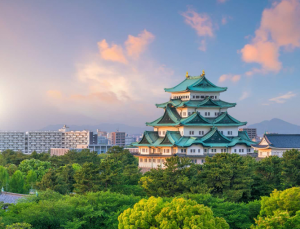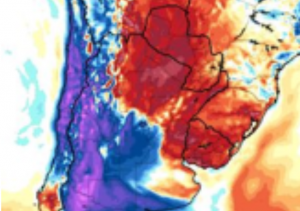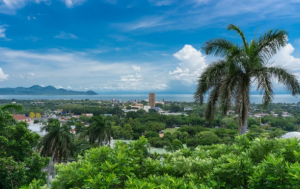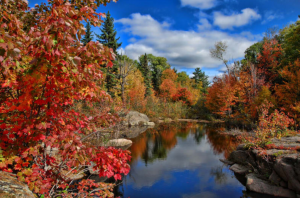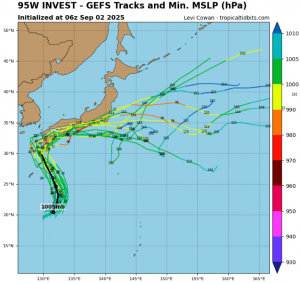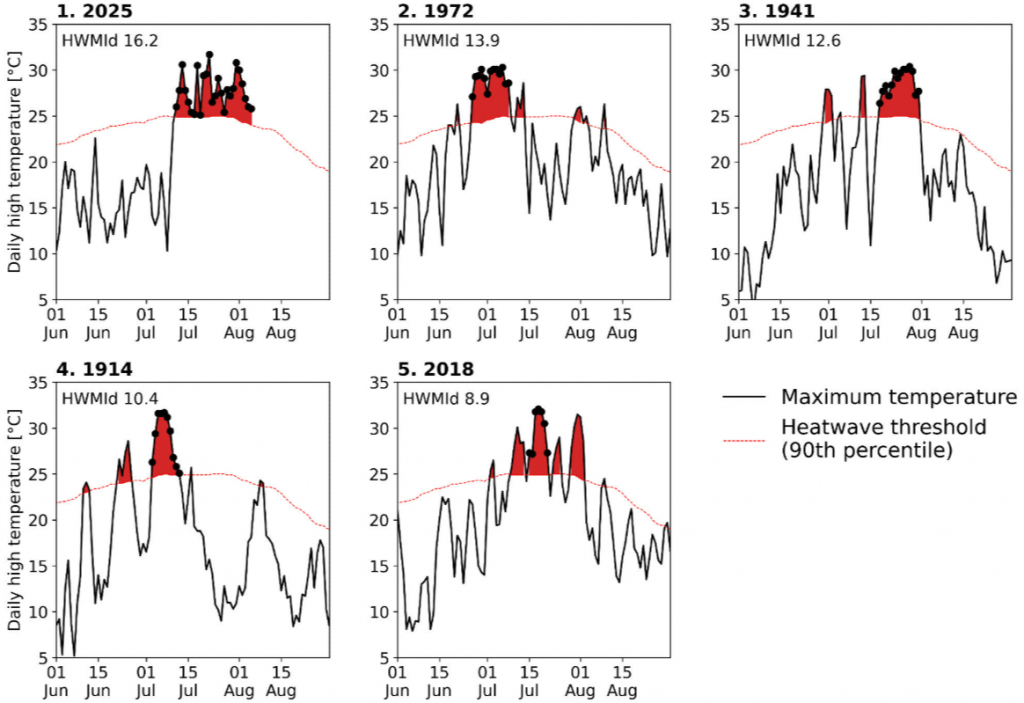
In the summer of 2025, Sodankylä in Lapland—located within the Arctic Circle at latitude 67.3° N—achieved an extraordinary meteorological feat: 26 consecutive days with temperatures of at least 25 °C (77 °F). In a region where summers are typically short and mild, this represents an unprecedented warm spell in the observational record.
Historical climate data show that Sodankylä’s long-term July average hovers around 16–17 °C, with only occasional days above 25 °C. To see such warmth persist for nearly a full month is exceptional for a sub-Arctic environment. Meteorologists attribute the phenomenon to a persistent high-pressure ridge over northern Scandinavia, which blocked cooler air masses and brought extended clear skies and long hours of intense solar heating during the Arctic summer’s near-constant daylight.
The effects have rippled through the ecosystem and local communities. Reindeer herders reported disrupted grazing as pastures dried under the heat, while forestry officials warned of elevated wildfire danger in Lapland’s boreal forests. Residents accustomed to cooler summers faced new challenges as homes without air-conditioning overheated, and public health authorities issued repeated heat advisories to protect vulnerable populations.
Climate scientists see this as another stark example of Arctic amplification, where polar regions warm faster than the global average. While occasional warm stretches have always occurred in Lapland, the duration and intensity of this 26-day streak indicate that the baseline climate in the high north is shifting. If such patterns become more frequent, Lapland’s ecosystems, traditional livelihoods, and infrastructure will face increasing stress—challenging a way of life that has persisted for centuries in harmony with a cooler climate.
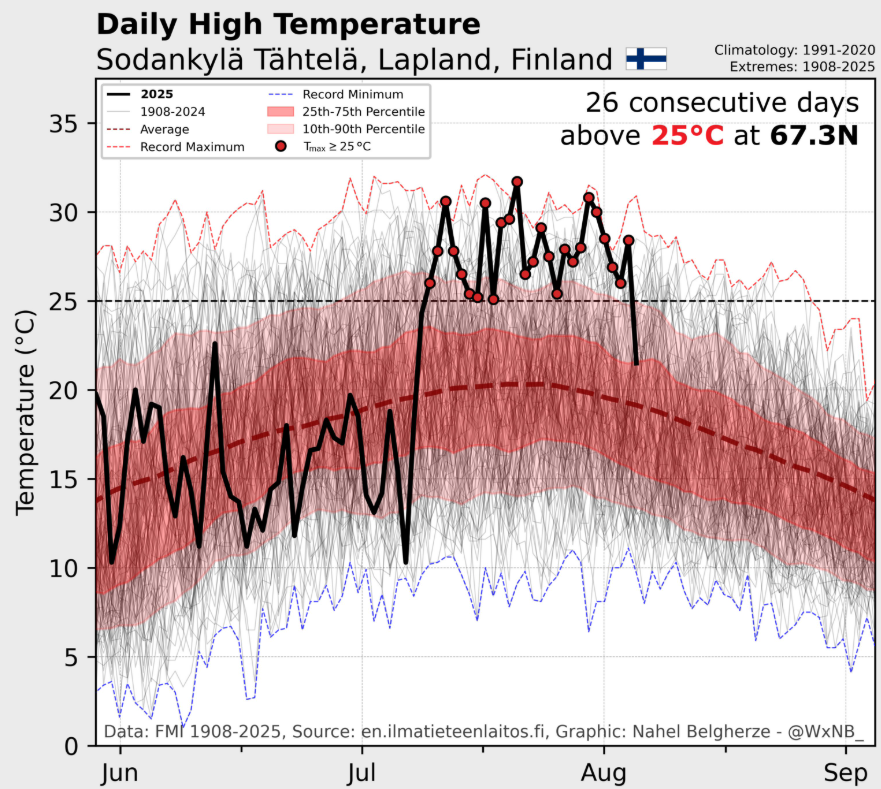
Source: https://x.com/WxNB_/status/1953135300525392327/photo/1

Source: https://x.com/WxNB_/status/1953137226524557669/photo/1

